How many times have you heard this before? Your boss telling you that the organization needs budget cuts, asking you to reduce costs, improve SLAs and quality of products, increase renewal rates and retain customers.
And all you have to do is FIX IT! Sounds simple right? Only if it were that easy!
You could be in a financial firm trying to find ways to reduce waste and leverage new technology practices to increase efficiency and ultimately drive the business. Or in a healthcare organization constantly faced with challenges around lead time and costs. Or you could be in an organization that is bogged down by inefficient processes — be it interdepartmental communication issues, onboarding bottlenecks, and office supply inefficiencies.
So what does someone like you do when you’ve tried everything in the book and yet get stuck in the same rigmarole? Value stream management has emerged as one of the most effective practices to overcome the sort of disconnect across an organization that often leads to a myriad of problems including inefficiencies. How do you know when value stream management is working? When you can effectively see, measure, and automate your value streams. Understanding your value streams is critical to achieving your objectives and goals, as you start to see how your people, processes, technology, and ultimately your customers are all connected.
Where do you start? The first step to value stream management is to visualize everything in your value stream. It is imperative that you see your value stream end-to-end. You need to understand what tools you use at every step, the people involved, and then the processes.
Five reasons you must start mapping your value streams
Reason #1: Identify waste in your value stream
While planning and mapping your current value stream, you will come across wastes that you were not aware of and have been clogging up your activities like a ticking time bomb. You will find non-value-added activities in every nook and corner of your processes. By graphically illustrating your value stream, or all the activities needed during the generation of the product or task, you can better identify activities that are non-value adding. But it helps you see more than just waste.
Reason #2: Make processes efficient
Designing or mapping your value stream enables you to identify, label and link material and information flow. With this, you can determine takt time, lead time, and cycle times between each point along the process. It allows you to identify where the actual value is being added, or not added, in the process, allowing you to improve the overall efficiency associated with the delivery of the end product to produce maximum output and achieve desired goals. Mapping the value stream helps you determine an efficient and quality-focused planning system that uses the resources exactly as needed and produces products and/or services that achieve desired goals.
Reason #3: Align cross-functional teams and business goals
A surprising benefit people don’t readily associate with visualizing your value stream is that mapping out current states and future states aligns the entire company on common goals. This helps everyone get onto the same page and also see each other’s POV. People will start to view their roles as contributing at the company level, yielding great results. Creating a shared understanding of the current state places focus and priority on improving the core process that generates revenue in order to move to the ideal workflow in the future state. It helps you introduce a governance model right at the beginning with everyone’s buy-in. This opens up a channel of communication about how to optimize your software delivery value streams to reach the goals.
Reason #4: Get a solid point of reference to plan growth
After visualizing your value stream and getting all the stakeholders in alignment, the map you created now becomes a point of reference for a larger conversation relating to the future and establishing shared goals for growth. The increased efficiency and cost savings from eliminating wastes, or simply having a greater understanding, helps to aid those conversations and in turn develop plans to take a big step forward to the ideal future state.
Reason #5: Focus on doing the right thing
As we have established, visualizing your value stream is an opportunity to eliminate non-value added activities from the processes and bring the value-added activities into the forefront to efficiently reach target goals. This continues well after the first map. Creating a structure to consistently evaluate your current practices from a new perspective or sometimes even with more clarity goes a long way. The elimination of waste often leads to cost reductions through low-cost or no-cost improvements. In other words, if you focus on doing the right things, the cost savings will come along.
Go back to the drawing board and create your value stream
Want to take this first step to have complete visibility and see your value stream? ConnectALL’s Value Stream Designer will soon be available to everyone anytime, anywhere, and free of charge. Whether you are starting off your journey with value stream management or you have tried and tested it, the Designer will give you a fresh perspective to how you look at your software development and delivery processes that ultimately ties to your business outcomes. You can now move ahead with the implementation of value stream management by easily learning to see everything in your software delivery value stream online.
Read more about ConnectALL’s Value Stream Designer
Gain visibility to increase agility and ultimately become more predictable. Don’t just believe us. See it for yourself. Sign up to register for early access now!

Head of Content Marketing at ConnectALL, responsible for communication and content marketing strategy. For two decades, I’ve assisted businesses to integrate content marketing into their marketing plans to achieve their business goals. I specialize in creating and developing content (inbound and outbound) across various online and offline channels from websites, blogs, and social media to email marketing and marketing communication collateral.


